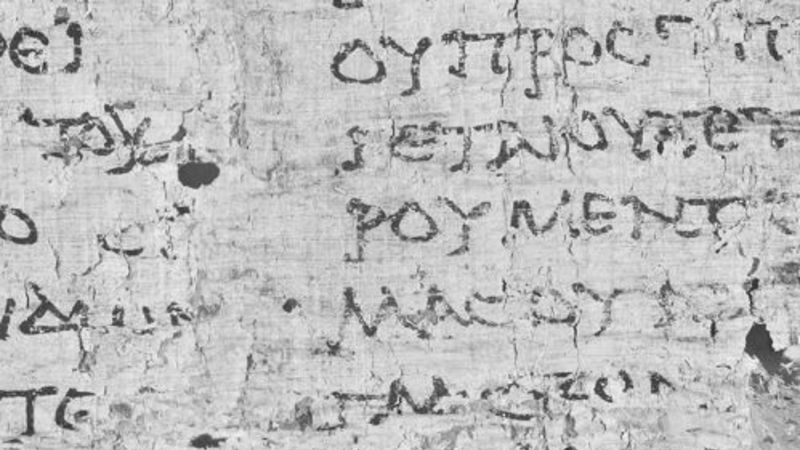In a groundbreaking discovery, Italian researchers have deciphered ancient scrolls that unveil the burial site of Greek philosopher Plato and shed light on his final days. The charred Herculaneum papyrus scrolls, buried after the eruption of Mount Vesuvius in 79 A.D, are being analyzed using advanced technologies such as artificial intelligence.
According to Graziano Ranocchia, a professor at the University of Pisa, Plato is believed to have been buried in a secret garden near the Platonic Academy of Athens, within a sacred shrine to the Muses. This information refines previous knowledge that he was buried in the academy but not specifically where.
The newly revealed text also provides insight into Plato’s final hours, showing that he was not fond of the flute music played at his deathbed. Ranocchia mentioned that despite running a fever, Plato found the music to have a “scant sense of rhythm,” contradicting previous beliefs that he enjoyed the music.
Furthermore, the scrolls clarify the circumstances surrounding Plato’s enslavement, indicating that he may have been sold into slavery in 399 BC after Socrates’ death or in 404 BC on the island of Aegina. This new information differs from previous assumptions that he was sold into slavery in 387 BC in Sicily.
The revelation of this new information was made possible by a €2.5 million grant from the European Union, awarded for the Greek Schools project. This project aims to decipher the fragile papyri using various technologies and methods, leading to significant discoveries about Plato’s Academy and ancient history.
The discovery, presented at the University of Naples, showcases the importance of ongoing research in uncovering new aspects of ancient history and philosophical figures like Plato.












